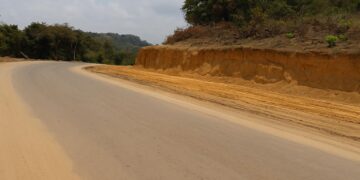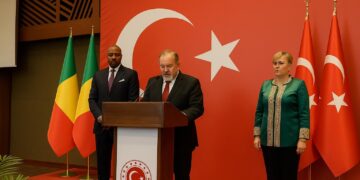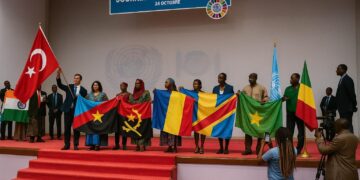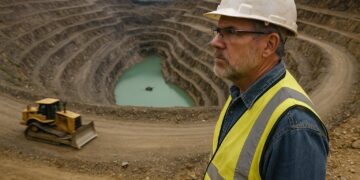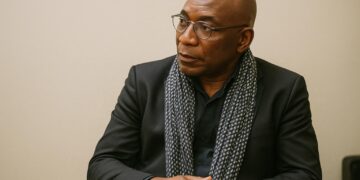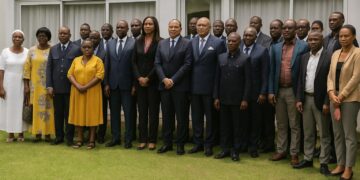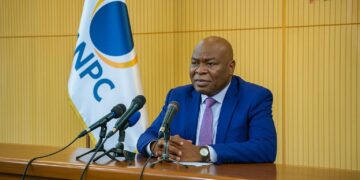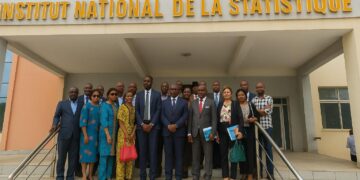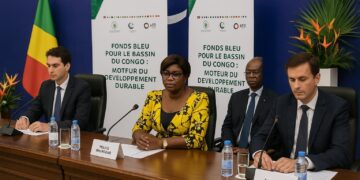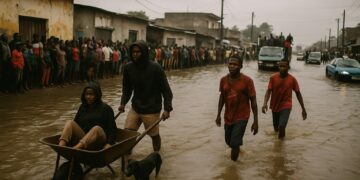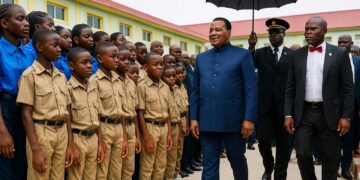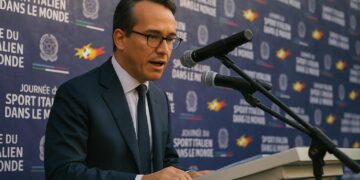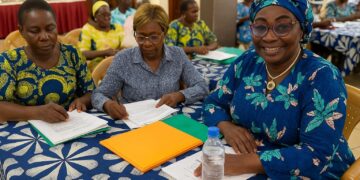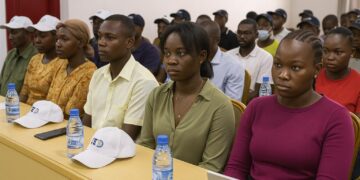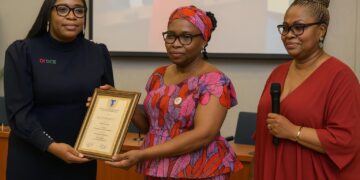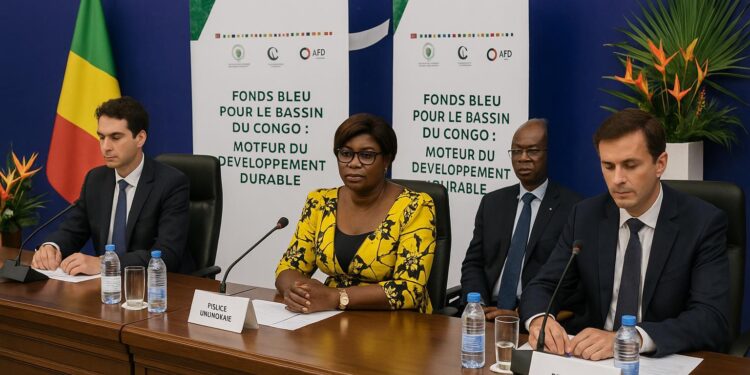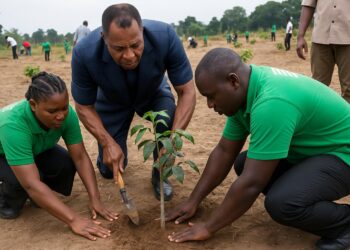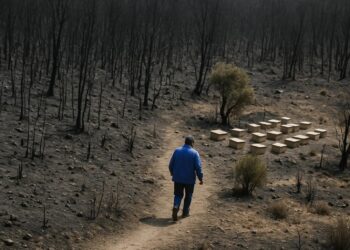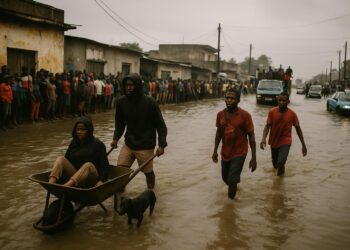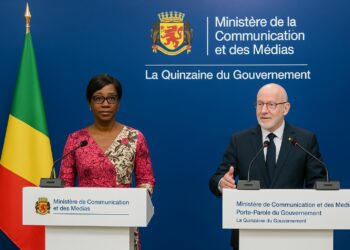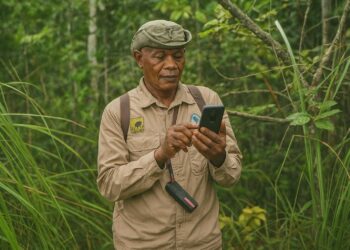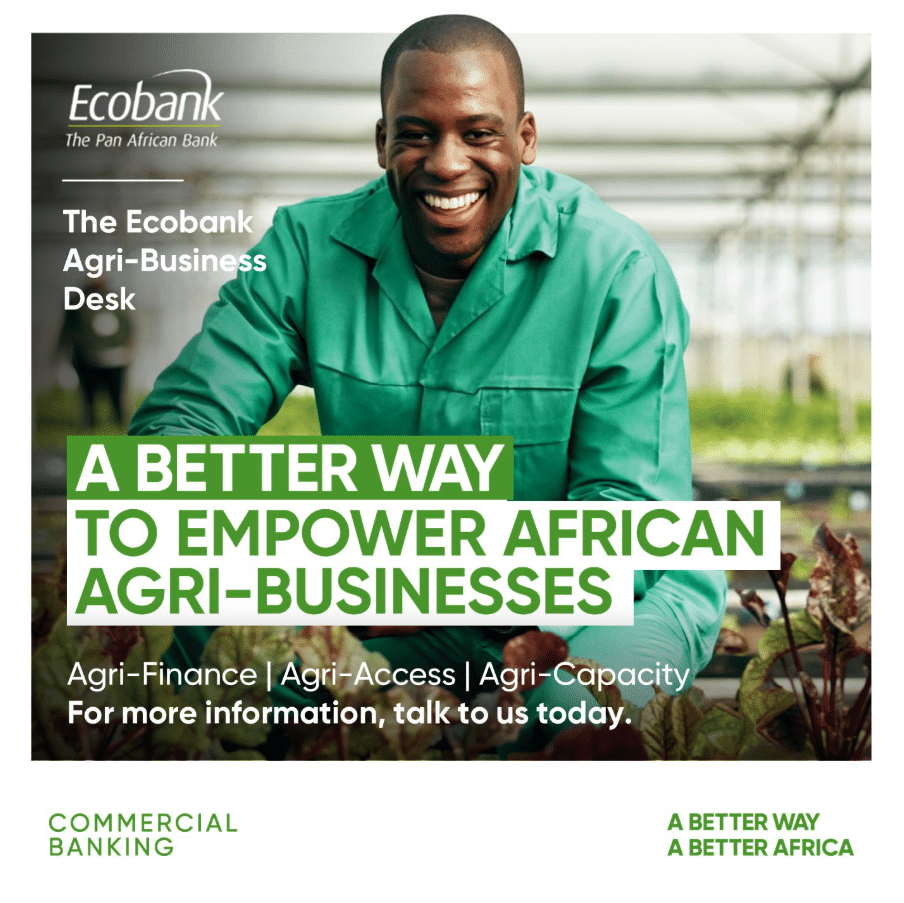High Stakes for the World’s Second Green Lung
In late October Brazzaville hosted national focal points of the Congo Basin Blue Fund, closing three days of technical work that refined the region’s climate-finance story. Their verdict: forty-three priority projects capable of accelerating blue and green growth across seventeen countries.
A Portfolio Shaped for Investor Appetite
Thirty-three initiatives are country-specific, ten are cross-border. They span peatland conservation, integrated lake management, and community forestry—assets with measurable carbon sinks and biodiversity co-benefits. Each proposal embeds governance milestones, cash-flow modelling and social safeguards designed to meet mainstream due-diligence standards.
From Brazzaville to Belém and Back
The portfolio debuts to global financiers on 7 November in Belém, in the margins of COP30, before a second fund-raising round scheduled for May 2026 in Brazzaville. That twin-step calendar offers investors a clear runway for pre-commitments, term-sheet negotiations and on-site verification.
Leadership Anchored in Regional Institutions
Minister Arlette Soudan-Nonault, also Executive Secretary of the Congo Basin Climate Commission, steered the process and emphasised collective ownership. She framed the projects as a bridge between ecological stewardship and inclusive prosperity, reiterating that the basin’s natural capital must translate into stable, long-term revenue streams.
Peatland Conservation Front and Centre
Headline project: sustainable management of 165 500 km² of Congolese peatlands, an area able to lock away up to 30 billion gigatonnes of CO₂. The blueprint blends scientific monitoring, livelihood diversification and payment-for-ecosystem-services mechanisms, positioning it for blended finance and potential carbon-credit issuance.
Lake Tanganyika Integrated Programme
Another flagship targets Lake Tanganyika, shared by Burundi, the Democratic Republic of Congo, Zambia and Tanzania. It couples watershed restoration with climate-smart fisheries and resilient transport corridors, promising to lift local incomes while easing supply-chain bottlenecks for agribusiness exporters operating around the lake rim.
Innovative Financial Engineering
Acting as trustee, the Central African States Development Bank pledged to structure non-speculative, scalable vehicles. Instruments under review include revenue-backed green bonds, concessional lines blended with commercial tranches, and risk-sharing facilities to crowd in insurance capital—tools familiar to global investors yet tailored to basin realities.
French Support Signals International Confidence
France’s Agence Française de Développement reaffirmed its pioneering role, citing €79 million already mobilised through the Blue Fund architecture and complementary regional programmes. Paris views the platform as proof that Central Africa can align biodiversity, water governance and macro-stability agendas in a single investable narrative.
Total Pipeline Worth USD10 Billion
The forty-three projects represent an opening slice of the Commission’s 254-project investment plan, valued at roughly USD10 billion. Management teams deliberately sequenced the pipeline to offer quick-start operations, cash-generative mid-term projects and transformational endeavours that will mature over a decade or more.
Data Transparency and Monitoring Tools
Each project includes a digital dashboard tracking financial flows, carbon metrics and social outcomes. Developers commit to quarterly disclosure aligned with Task-force on Nature-related Financial Disclosures guidance. Investors can therefore benchmark progress against global ESG indices without bespoke reporting burdens.
Policy Alignment Lowers Regulatory Risk
The seventeen member states synchronised legal frameworks covering forestry codes, water tariffs and investment incentives. That harmonisation reduces cross-border uncertainty and sets the stage for potential collective carbon-market positioning, an aspect many institutional investors flagged as critical during stakeholder consultations.
Macro-economic Resonance
By anchoring climate resilience in growth corridors, the Blue Fund supports fiscal diversification. Projected multiplier effects include higher rural employment, improved port throughput and greater forex stability, elements that ratings agencies typically reward, thereby lowering sovereign borrowing costs for participating countries over time.
Opportunities for Private-Sector Entry
Beyond public grants, the programme invites corporate offtake agreements for sustainable timber, certified fish and biodiversity credits. Multinationals seeking scope-three emissions reductions or nature-positive supply chains can lock in long-dated contracts, securing price visibility while advancing corporate-responsibility targets.
Risk-Mitigation Architecture
Partial credit guarantees, political-risk insurance and currency-hedge windows feature prominently. The design echoes lessons from energy-infrastructure deals in neighbouring markets, giving commercial banks a reference framework they already trust. Early feedback indicates appetite from African pension funds and international climate-debt platforms.
Human Capital and Community Ownership
Local cooperatives and youth entrepreneurs will operate agroforestry nurseries, renewable mini-grids and ecotourism services embedded in several projects. Training modules focus on financial literacy and digital mapping, ensuring communities move from beneficiaries to co-managers, a principle repeatedly stressed during the Brazzaville workshop.
Next Steps and Call to Action
Technical teams finalize investment memoranda and independent feasibility studies ahead of COP30. Potential partners are invited to sign expressions of interest, granting them early access to data rooms and site visits. The window for anchor commitments remains open until the first half of 2025.
A Region Ready for Scalable Climate Finance
The mood in Brazzaville combined optimism and pragmatism. By validating a concise set of bankable projects, the Congo Basin states signal readiness to channel capital into nature-based solutions with global relevance. As one delegate noted, the basin now offers investability at scale, not aspiration alone.


